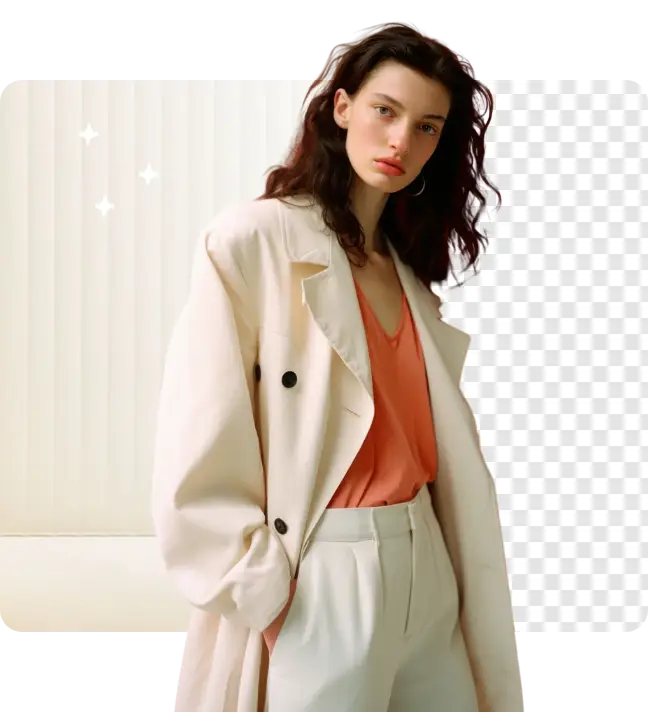How to Create an Efficient Small Product Photography Studio
Whether it's showcasing online store products, creating social media content, or enhancing brand image, a simple and efficient small product photography setup can help you produce professional-quality photos at a low cost.
When potential customers visit your online store, the first thing they see is the product image. A clear, well - lit, and aesthetically pleasing photo can convey professionalism, quality, and attention to detail. This, in turn, can increase the perceived value of your products and services. For instance, a small artisanal jewelry business can use high - resolution jewelry product photos to showcase the intricate designs and fine craftsmanship of their pieces, making them more appealing to customers.
Moreover, in the highly competitive e-commerce landscape, unique and engaging product photography setup can help your business stand out. With so many similar products available online, your photos need to capture the viewer's attention and communicate what makes your product different. Small product photography allows you to highlight the unique selling points of your products, whether it's a special texture, a one - of - a - kind design, or a sustainable manufacturing process.
How to Set Up Your Small Product Photography Studio
For small business owners or independent creators with a limited budget, the key to setting up a photography studio is "small and precise." Here are some basic configuration suggestions:
Camera and tripod
No need for expensive equipment: a smartphone (with manual mode support) or an entry-level DSLR will suffice.
A sturdy tripod ensures stable shots, especially suitable for long exposure photography or video recording.
Background system
Solid color backdrop paper or foldable PVC backdrop boards (recommended in white, light gray, or black) are inexpensive and space-saving.
Use a mini tabletop studio with seamless backdrop fabric to easily create a shadow-free effect.
Space optimization techniques
Store the equipment in a movable cart or folding box for "ready-to-use" convenience, suitable for home or office environments.

AI-powered high-quality image background-removing easy
Instantly remove any background and generate custom backdrops with AI. Boost conversions effortlessly.
Small product photography lighting
Lighting is the key to success or failure in product photography. In a small space, professional lighting can be achieved in the following ways:
1. Natural light + fill light combination
Near the window, use soft natural light and reflectors (white foam boards can be used as substitutes) to fill in the shadows.
On cloudy days or at night, use two LED constant lights (it is recommended to choose models with adjustable color temperature and brightness) as the main light source and auxiliary light.
2. Low-cost lighting solution
Main light: An LED light is placed at a 45-degree angle in front of the product to simulate the direction of natural light.
Fill light: Another lamp or reflector placed on the opposite side to reduce contrast and highlight details.
Contour light (optional): A small light strip or desk lamp from the back to enhance the product's three-dimensional effect.
✍During the shooting process, to avoid common mistakes, pay attention to the following two points:
• First, if hard light causes heavy shadows, use a softbox or diffusion paper to cover the light, making the light diffuse evenly;
• Second, to prevent color temperature confusion, unify the color temperature of all lights (e.g., 5500K is close to daylight) to avoid difficulties in post-production color grading.
Practical Tips for Small Business Product Photography
① The process of quickly producing high-quality photos
Fixed shooting parameters: Set fixed ISO (100-400), aperture (f/8-f/11), and white balance to reduce post-production workload.
Batch shooting: Concentrated shooting of products in the same category to improve efficiency.
② Low-cost post-production plan
Use free tools to crop, adjust brightness, and contrast without the need for complex photo editing software.
Unify photo styles (such as tone, border size) to strengthen brand visual recognition.
③ Scene-based shooting concept
Add small props (such as green plants, fabrics) or use contextual backgrounds (such as wooden tabletops) to enhance the product's appeal.
Multi-angle shooting (front, side, detailed close-ups) to meet consumer browsing needs.
Conclusion
A well-planned small product photography setup can not only reduce startup costs but also significantly increase conversion rates through visual marketing. Whether it's setting up a small product photography studio or optimizing the lighting configuration, the key lies in flexibly utilizing existing resources and maintaining shooting consistency. Small business owners can definitely find efficient photography solutions suitable for their brand through practice.



